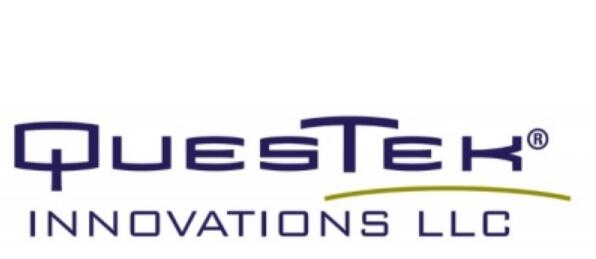Welcome to Sino Bearings web
24x7 HOTLINE:+86-28-81454188

 NEWS
NEWS
QuesTek Innovations LLC has received three new Small Business Innovation Research (SBIR) Phase I Awards from The Office of Naval Research, NASA and The Department of Energy to develop advanced materials and technologies across a diverse range of materials systems, industries and demanding end-use applications.
Office of Naval Research SBIR-funded SBIR: QuesTek will develop a software tool leveraging an integrated computational materials engineering (ICME)-based modeling framework to enable optimization of a nickel alloy for Additive Manufacturing (AM). The software tool will enable alloy composition customization for conditions observed in AM, enhancing printability, reducing flaws, and improving mechanical properties of AM Ni components. The software’s mechanistic computational models will be calibrated using state-of-the-art experimental techniques to validate predictive models, explaining complex phenomena resulting from AM processing. The developed software tool is expected to improve the understanding of AM technology and harness it to design a new generation of advanced Ni alloys and components for jet engines, industrial gas turbines, and other demanding applications.
NASA-funded SBIR: QuesTek will computationally design calcia-magnesia-alumina-silicate-(CMAS) resistant multi-layer thermal and environmental barrier coatings for ceramic matrix composite (CMC)-based hot turbine components. While CMCs allow for greater operating temperatures and fuel efficiency compared to state-of-the-art Ni superalloys, they are not readily used because current coatings lack long-term protection against molten CMAS attack at high temperature. QuesTek’s new ICME-designed coating system will enable increased reliability and performance of CMCs in aircraft propulsion systems, hypersonic combustor panels, commercial turbo fans and industrial gas turbine plants leading to greater fuel efficiency.
Department of Energy-funded SBIR: QuesTek will apply its ICME tools to develop a machine learning (ML)-based, open-source software package enabling reproducible data analysis for multiple electron microscopy systems and data types. This effort specifically addresses the lack of current open-source packages tailored for metallic materials data. The proposed CALPHAD-based thermodynamics and kinetics modeling framework for ML models will increase the accuracy for phase identification across all alloy systems of interest. Such a tool will enable the effective analysis of the large and quickly growing pool of electron microscopy data generated at research facilities, universities and companies.
Dr. Greg Olson, QuesTek co-founder and chief science officer, and the Massachusetts Institute of Technology Thermo-Calc Professor of the Practice, stated “These three projects represent diverse examples of using ICME for concurrent design of material and component, enabling accelerated development of advanced materials across a wide range of material systems and applications.”